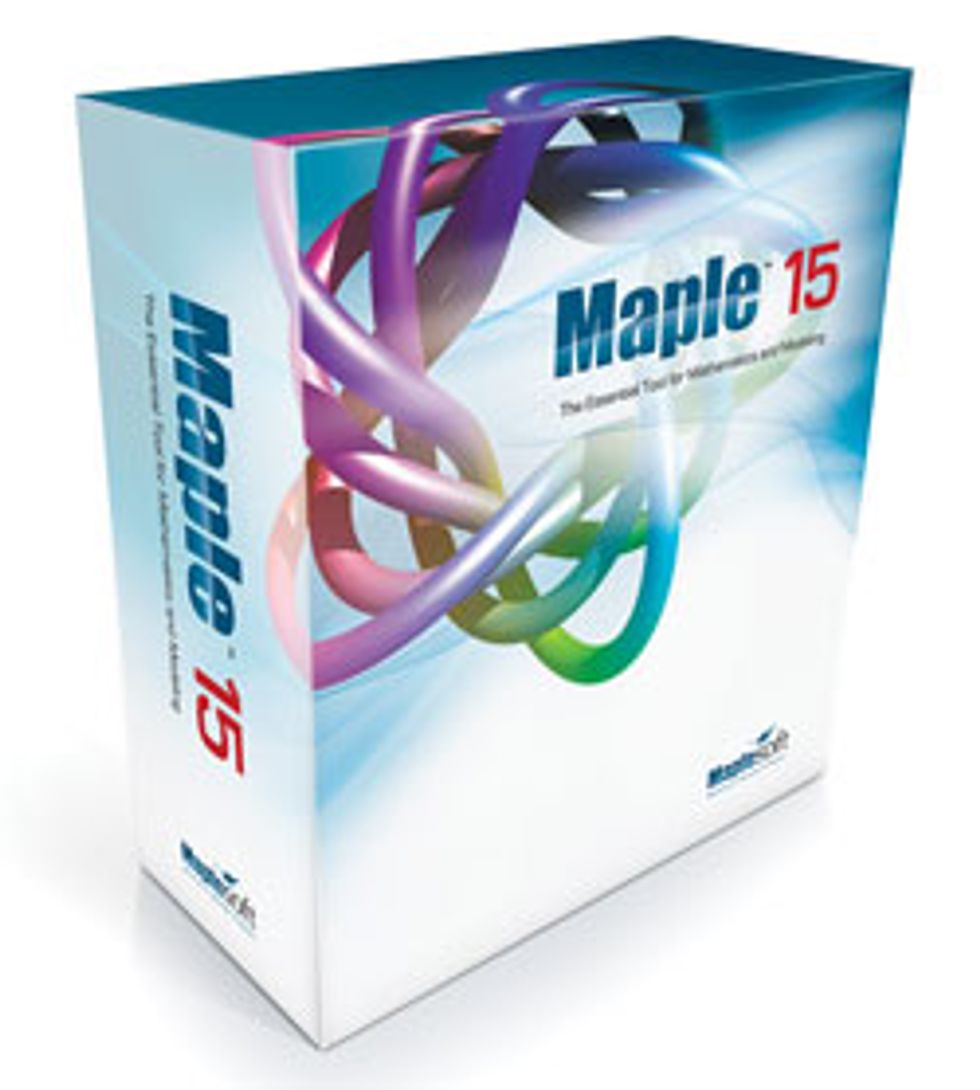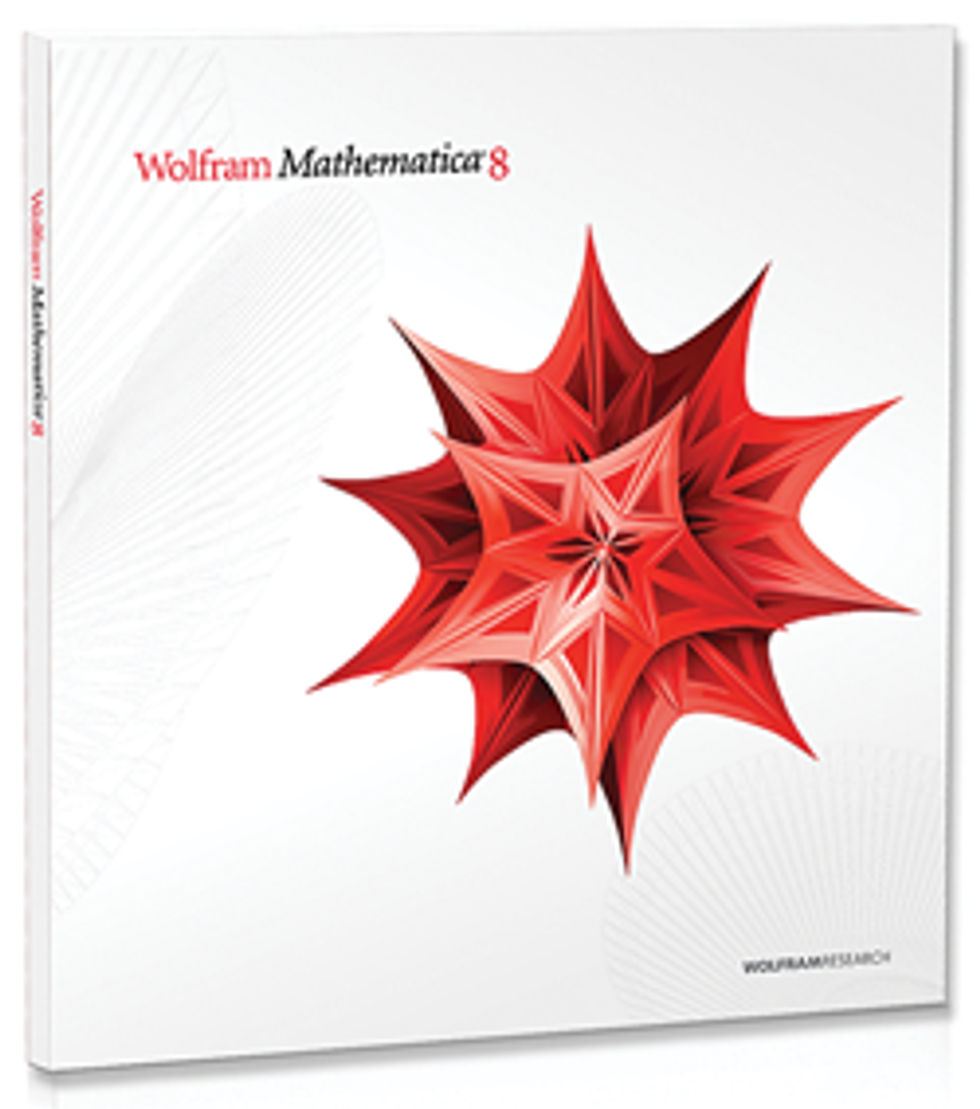US $1245 and up
Born in the 1980s, Maple and Mathematica antedate many readers of IEEE Spectrum. Over time, both programs have evolved into do-it-all math platforms, with thousands of numerical and symbolic math functions, extensive capabilities for graphics and documents, and much more. With their latest updates, Mathematica 8 and Maple 15, the companies have added many more goodies to already very large and polished packages.
Trying to be all things to all people, Mathematica has long extended its reach far beyond math into document preparation and more. It now incorporates the specialized search engine and database Wolfram|Alpha. Entering "IEEE Spectrum," for example, returns circulation data and some other information for this magazine. The results can be unpredictable: "US Magazine" finds a small town in Arkansas. This same facility allows users to enter commands in natural language (for example, "Plot sin xy"), useful for quick calculations but probably not much more.
Even more significant, in the summer of 2011 Wolfram unveiled its Computable Document Format for creating interactive documents that can be distributed freely. Other users can open them and play around with complex data sets or manipulate math models, thanks to a free browser plug-in that installs a 400-megabyte utility on their computers. But if others want to import data or enter text into the documents, they must purchase additional software.
Maple 15 and its modeling and simulation companion, MapleSim 5, have kept a sharper focus on engineering. When speaking to the developers at Maple, I found them particularly proud of the program's new support for multicore processers, parallel programming for a cluster of local computers, and multithread computing, each of which can dramatically speed up large calculations. For example, they described problems involving sparse linear programming that were unfeasible in earlier versions but can be easily calculated in Maple 15.
More modest changes (but ones undoubtedly more noticeable to the average user) include a new variable manager that allows users to inspect the definitions of variables and a facility that allows users to view and manipulate tables of data. A new finance package has dozens of commands, including one involving something called a "Bermudan-style swaption." Next year's release will predict future stock prices (just kidding).
US $1095 and up
Mathematica 8 was released November 2010, Maple 15 in April. If you work at an institution with a site license, you've probably already received these updates. If not, take a careful look before buying a pricey upgrade. But for some users, the new capabilities may be deal makers.
Prospective users should examine both updates carefully in light of their own needs; the programs differ in many particulars. In my own experience, many calculations are easily done by following the help menus. But you have to live with these programs for a while to become proficient—not a small investment.
All that aside, both products are major achievements in computer science and have been game changers for many kinds of research. According to Science Citation Index, each has been cited by more than 1500 research papers, in such disparate fields as abstract math and marine biology. They're also sophisticated and fun to use, and large user communities exist for both. And unlike us, these venerable products show no signs of slowing down, even as they age and bulk up.
About the Author
Kenneth R. Foster reviews new versions of Mathematica and Maple, descendants of the early math program Macsyma, which he coveted as a physics doctoral student in the late 1960s. "I would have done anything for access to that program," Foster says, slightly in awe of the ubiquity of today's packages. An IEEE Fellow, Foster is a professor of bioengineering at the University of Pennsylvania.


